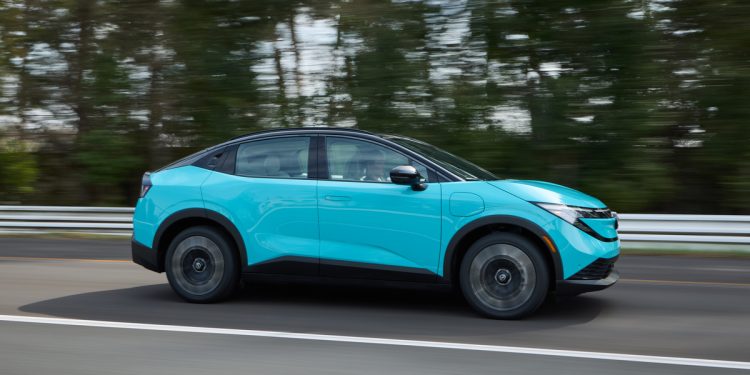Sharp-looking Nissan Leaf unveiled with 600km of range
Words NZ Autocar | Images Nissan
In its third generation, the Nissan Leaf is now a sleek and slippery family crossover that ticks plenty of boxes.
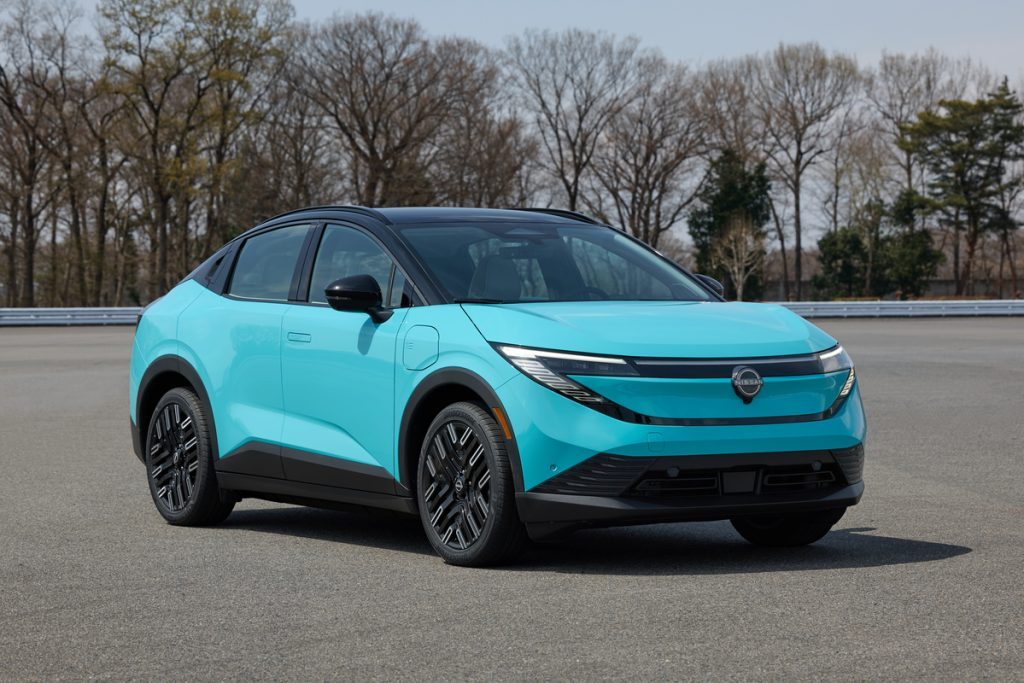
The Nissan Leaf kicked off the electric revolution, it’s fair to say, as a slightly awkward family hatchback. Forget all that because for two generations, it was leading to something special.
The latest Leaf is completely reimagined and is no longer wanting for range. It will front up handsomely to the likes of Kia EV3 and Kona Electric.
Nissan will be targeting the urban dweller but also high-mileage business users with a 75kWh long-range battery pack. That gives new Leaf up to 600km of range on a single charge, up with EV3. Powering the newcomer is a front-mounted 160kW motor that gives it a claimed 7.6sec sprint time, while top speed is 160km/h.
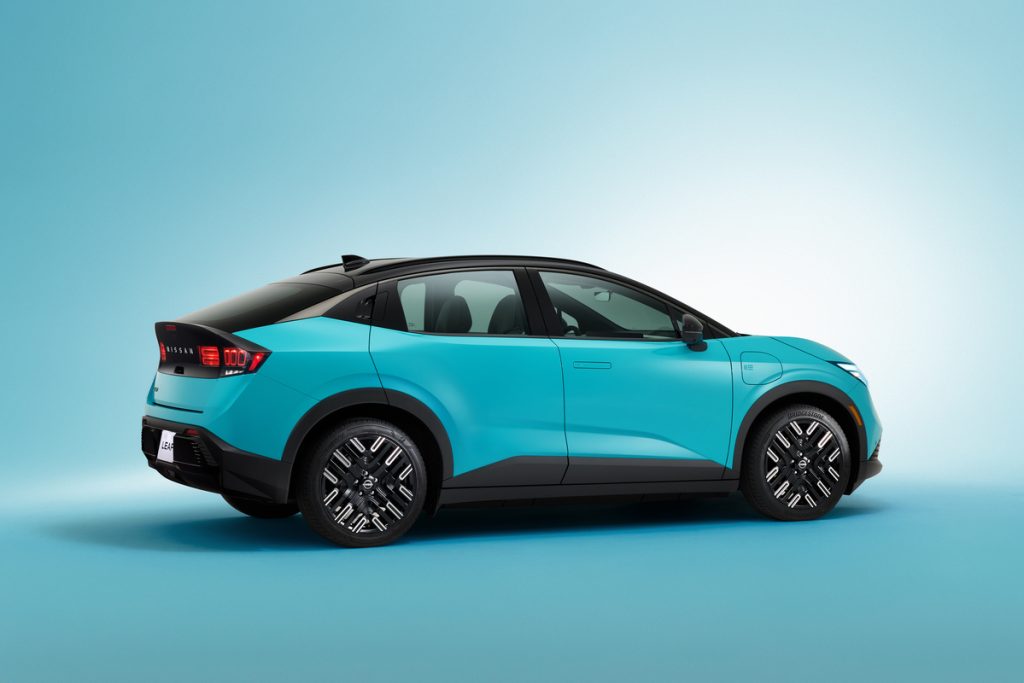
Nissan also says peak DC charging speeds of up to 150kW are possible, so a 20 to 80 per cent recharge takes under half an hour. Its long-range Leaf will even offer around 325km of range at sustained motorway speeds of up to 130km/h (UK testing).
The entry-level fronts with a more modest 52kWh battery, and while it aims for urban users, it is still said to be capable of 432km from a charge (WLTP). This version uses a 130kW electric motor. Its maximum charge rate is 105kW. It can still manage a 20-80 per cent top up in 30 minutes. Acceleration to 100 takes 8.6sec and it too tops out at 160km/h.
Design
Where the former Leaf had a Cd of 0.28, this has a sloping roofline, a Kamm-tail rear, and ero management up front. All contribute to a Cd of 0.25. The sloping roofline is key to the new design, the shape being modern, attractive and at the same time aero-efficient.
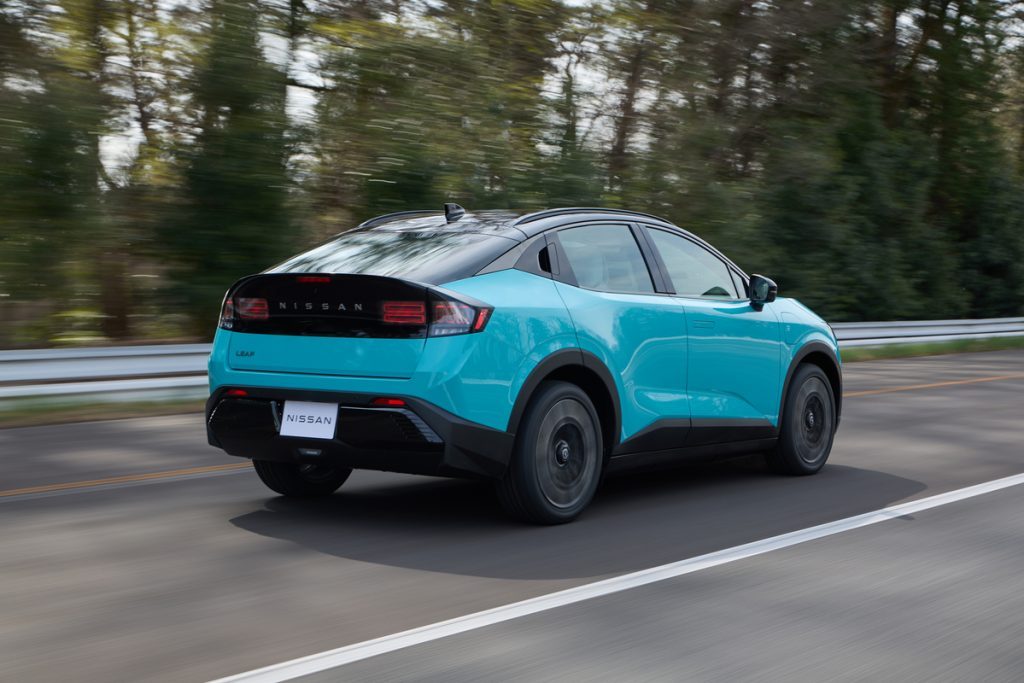
Nissan has also sprinkled heritage elements into the design of the new Leaf, like the blacked-out rear panel.
It isn’t a large vehicle, being 4350mm long, only around 50mm more than rival Kia EV3. Eighteen and 19-inch wheels are available.
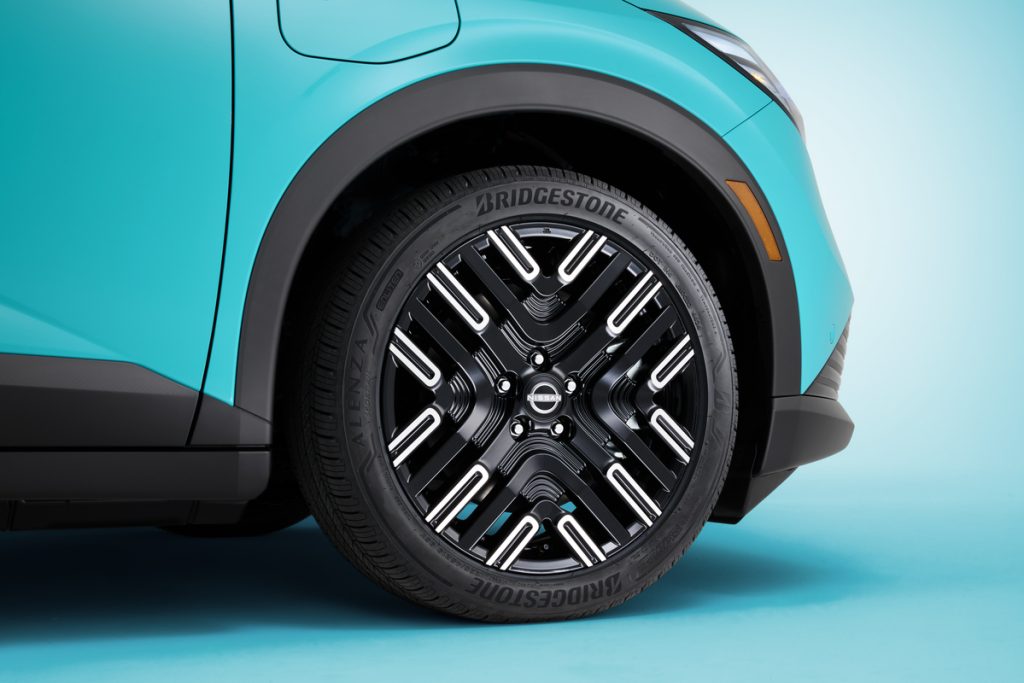
The cabin is a mix of clean digital interfaces, and practical physical controls. Its twin-screen layout is new to Nissan, the dual 14.3-inch screens bigger than Ariya’s. They also run the latest electronic hardware, and include intelligent voice control and a Google-based navigation.
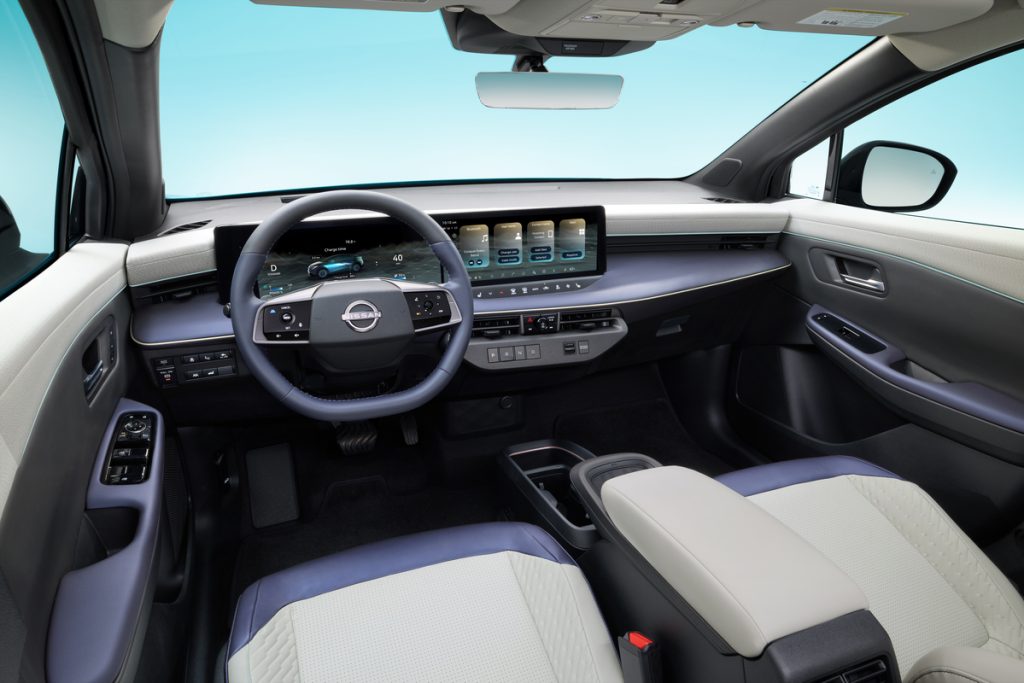
Below the main screen are touch-sensitive controls for the HVAC system and there’s a volume knob, track-seek buttons and a shortcut for the parking cameras. High-spec models will feature a Bose sound system, with a speaker dedicated to hazard warnings and navigation.
Practicality
The rear seats evidently offer good knee and legroom for a relatively compact crossover. A flat floor means okay foot room too, while there is said to be generous headroom, despite a sloping roofline. Higher-spec models will have a sun-sensitive glass roof which helps increase headroom by 30mm.
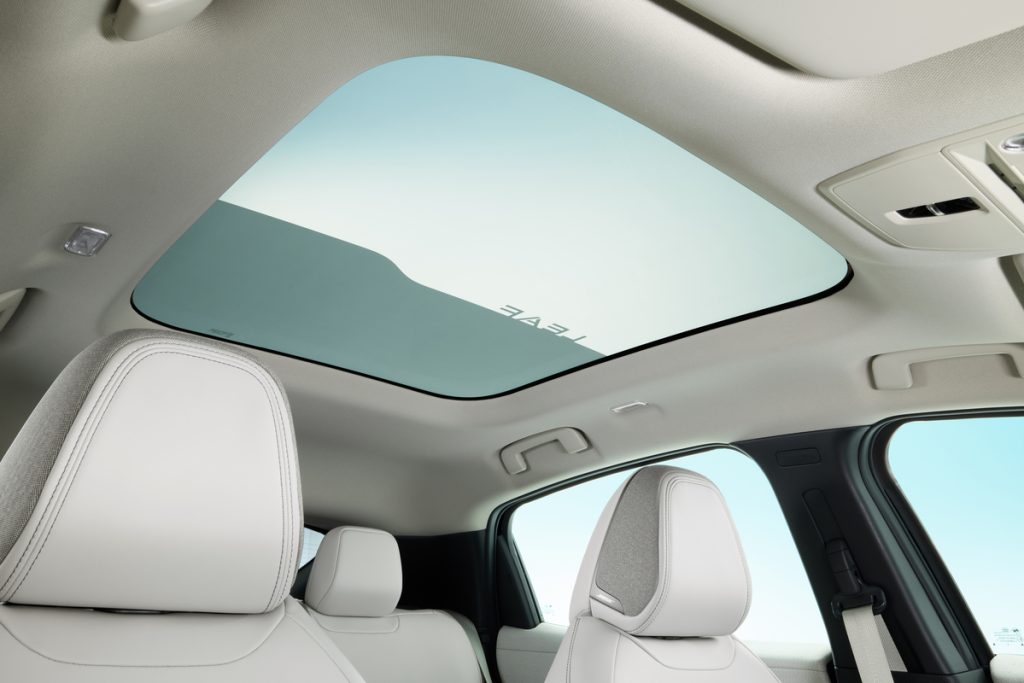
Expect plenty of oddments storage, while a 437L boot is 50L up on that of the previous Leaf.
Evidently, there will be four trim levels available, at least in the UK and Europe. Specific features and pricing for each of these will be revealed closer to launch in Q4 of this year. Expect standard equipment and pricing to be competitive with the likes of Kia EV3 and Hyundai Kona Electric.
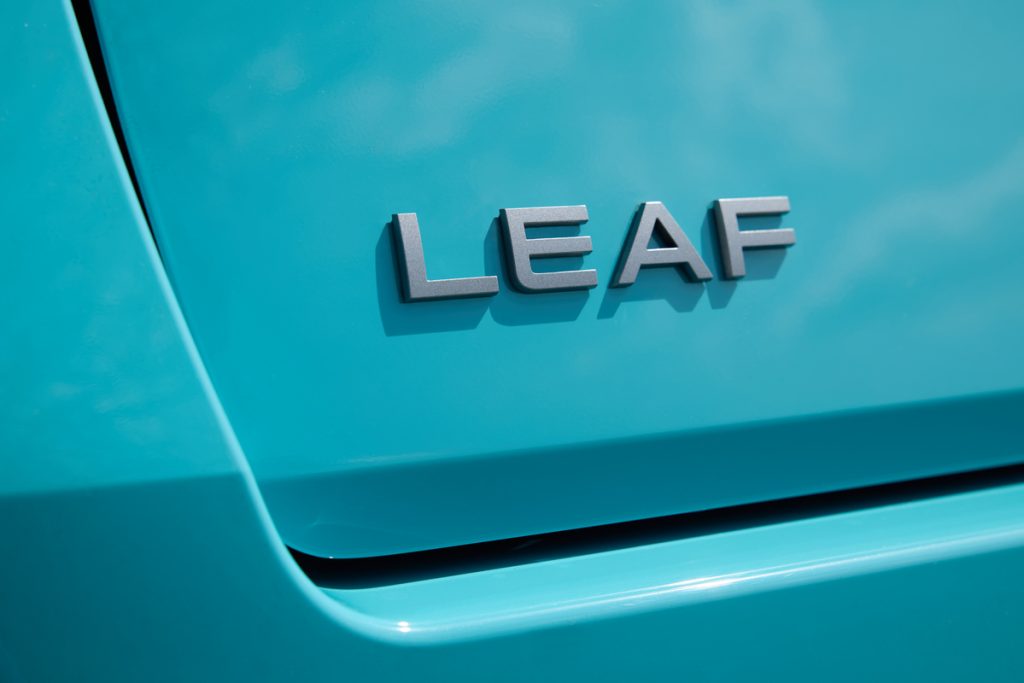
With this new generation of Leaf, Nissan is committed to returning back to the sharp end of the EV class. Here in New Zealand, Nissan says “It’s very exciting to see the unveil of the next-generation Leaf! However, we have no news to announce at this stage”.


